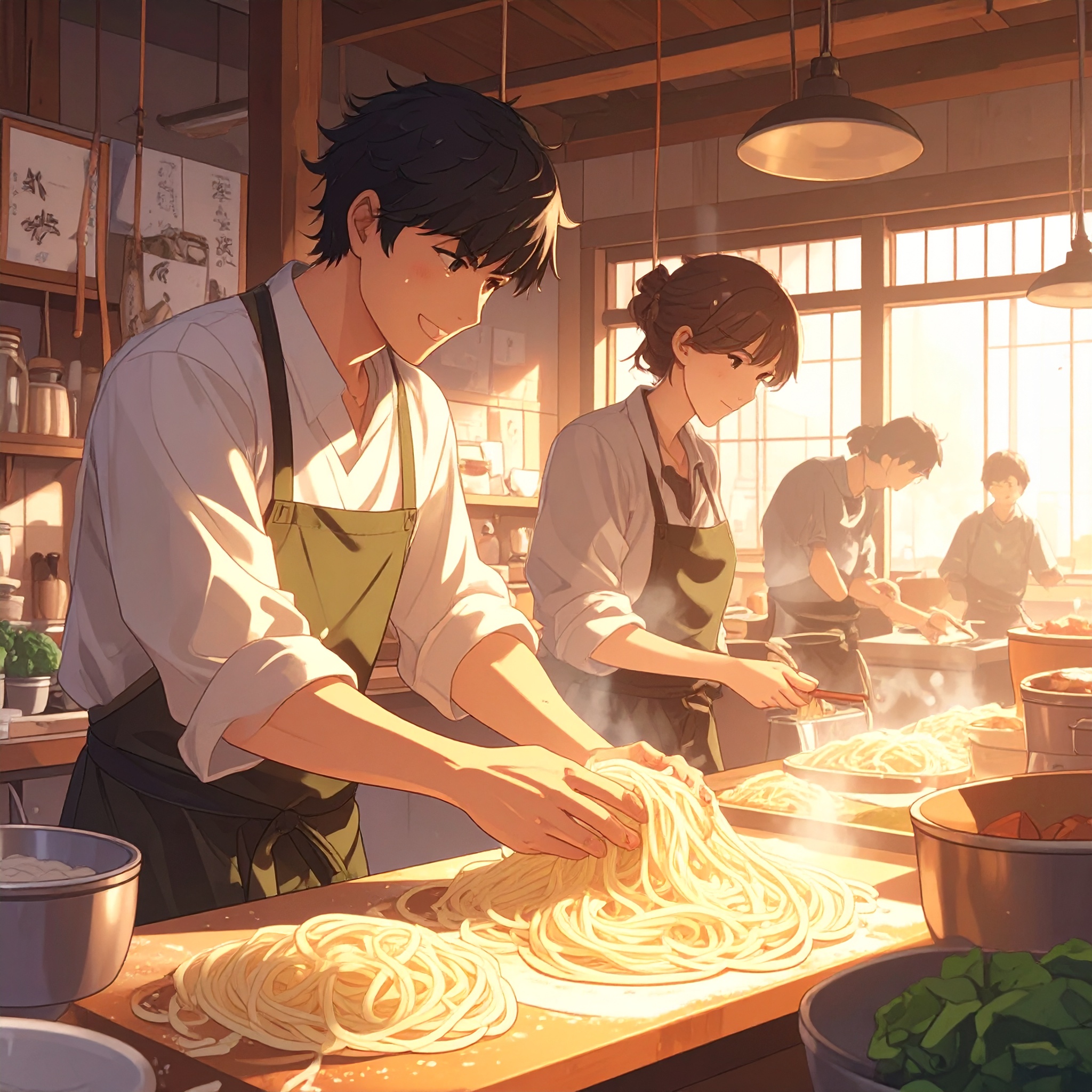Udon is a beloved staple of Japanese home cooking and a celebrated local specialty across many regions of Japan. With variations in thickness, texture, and broth flavor from one area to another, udon is surprisingly made from just three simple ingredients: flour, water, and salt. The experience of making this humble yet iconic noodle from scratch offers not only a taste of Japan’s food culture but also the joy of crafting something with your own hands. The “Homemade Udon-Making Challenge” is a hands-on journey through flour, filled with moments of curiosity and delight for both adults and children.
This experience-based program is offered in various regions known for their udon culture—such as Kagawa, Gunma, and Saitama—at traditional houses, local tourist centers, and farm-stay facilities. At first glance, the setup may seem modest: a bowl of flour, a saltwater solution, and a large mixing bowl. One might wonder, “Can this really become udon?” But as the process unfolds, it reveals a surprisingly dynamic and deeply engaging craft.
The journey begins with slowly mixing the saltwater into the flour, kneading and gathering the dough with your hands. At this early stage, the activity is calm and meditative. But the real fun begins when the dough is placed into a plastic bag and stomped on with your feet to develop its signature chewy texture. Whether you press in rhythm to music or take turns with your family, this energetic step brings a playful fusion of movement and cooking.
After the dough is well-kneaded, it’s left to rest, allowing the gluten to settle before moving on to rolling and cutting. Rolling the dough evenly with a wooden pin proves trickier than it looks—edges may turn out thick or thin, but these imperfections add charm and authenticity to the handmade noodles. When it comes time to cut, participants can choose their preferred thickness, creating everything from thick, chewy strands to delicate, silky ribbons. Each batch becomes a reflection of the maker’s personal style.

Once the noodles are cut, they are boiled on the spot and ready to be enjoyed right away. Whether served cold—chilled in ice water and topped with a savory dashi broth—or warm in a steaming soup, participants can sample regional variations in udon preparation. That first bite of noodles you’ve made with your own hands turns a simple bowl into something truly special—a memorable culinary treat.
For families, kneading, stomping, and cutting the dough together while getting covered in flour becomes more than just a cooking activity—it’s a meaningful form of communication. Children take pride in the noodles they’ve created themselves, often asking for seconds with gleeful enthusiasm. Even those who are usually hesitant to eat may find themselves eagerly tasting what they’ve crafted. From a nutritional education perspective, the experience also encourages a positive relationship with food.
At some venues, the experience is deepened by learning about the history of udon and the local food culture. Why did udon become so rooted in this region? What roles do climate, flour types, and salt concentration play? These questions invite participants to discover the everyday wisdom and living traditions behind a single bowl of noodles.
The udon-making experience is especially popular among international travelers. Many sites offer multilingual explanations and video guides, making it accessible and engaging for people of all backgrounds. Through the hands-on creation of a simple dish like udon, participants gain a deeper understanding of Japanese care, hospitality, and reverence for ingredients—creating a shared cultural moment that transcends language.
Starting from nothing but flour and water, and shaping it entirely with your own hands and feet, the udon you make becomes more than just food. The bowl you crafted during your journey will stay with you, not only in taste, but in memory. This is the kind of experience that lingers, long after the trip has ended.




